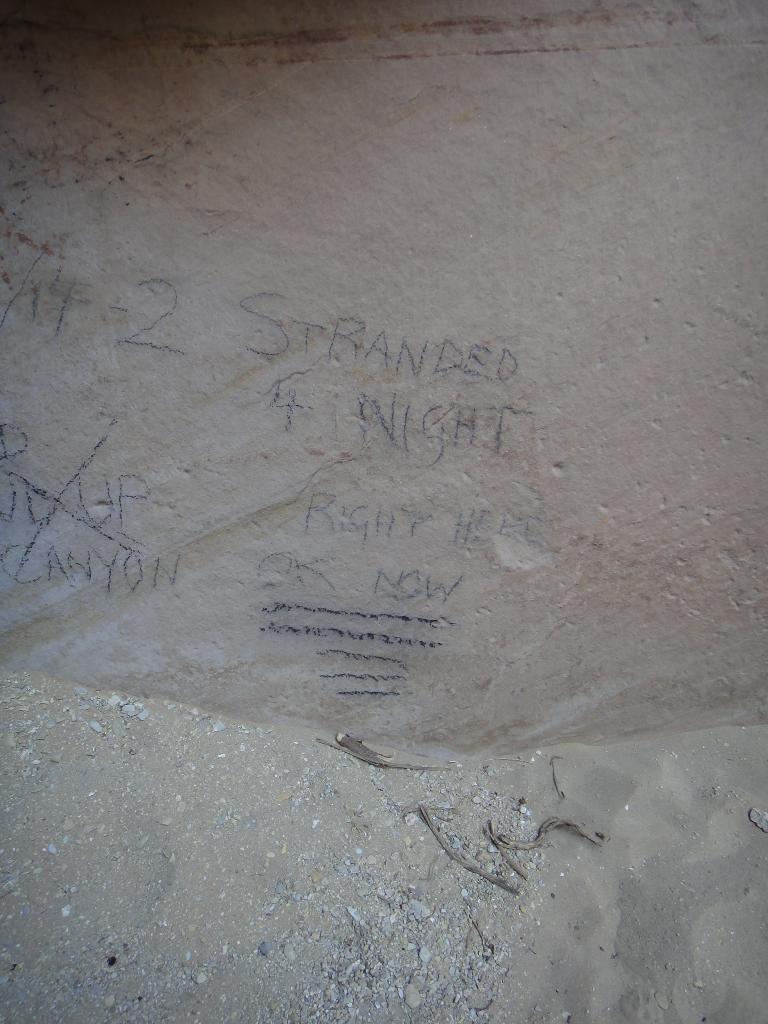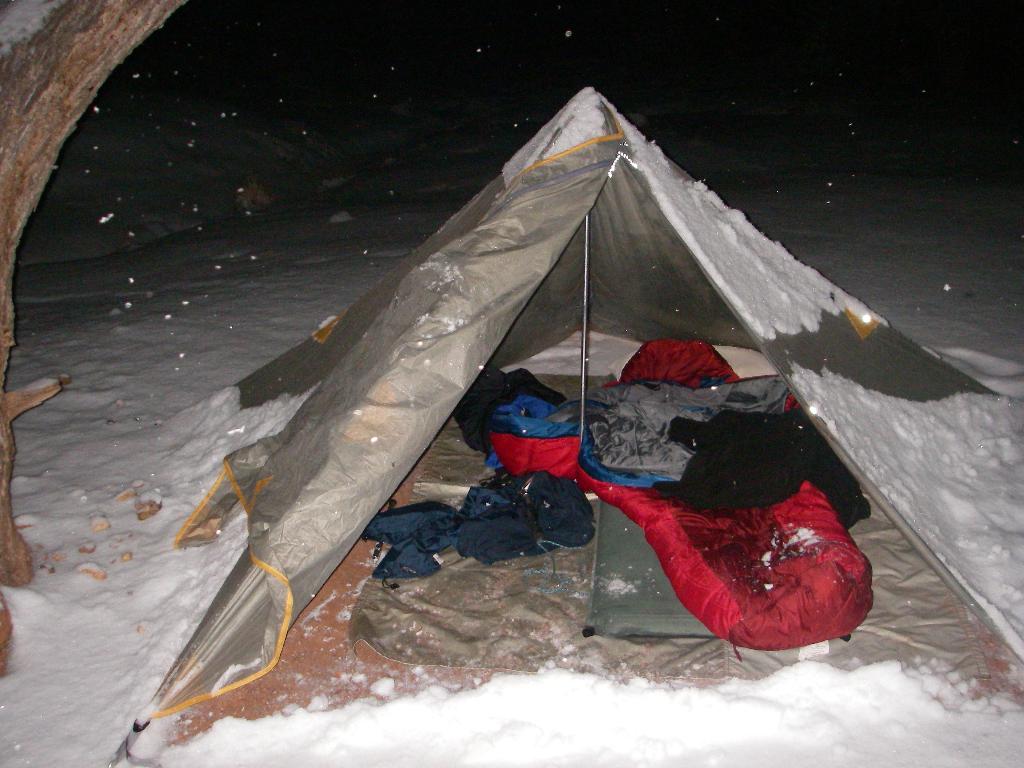Winter Canyoneering
Homer: See Marge? I told you they could deep fry my shirt.
Marge: I didn't say they couldn't. I said you shouldn't.
One of my favorite Simpsons quotes applies to winter canyoneering. It seems with FreezeFest and the plethora of winter canyoneering trip reports that have shown upon the web in recent years, winter canyoneering is becoming the cool thing to be doing. In the last couple of months, I have received numerous emails from users of the site asking if canyon x, canyon y, or canyon z would be ok to do this year, and what I would recommend in the snow. Alas, I decided to devote a page to the topic, though I suspect my recommendations may fall on mostly deaf ears.
First, a word about my experience. I have done many, many canyons in the winter. From the Black Hole on New Years Day and Imlay on Christmas day with the Freezefester’s to many other canyons in the Swell, Roost, and North Wash in the winter both with partners and solo. My recommendation: stay out of canyons in the winter unless you are highly experienced and lucky. If you have taken my warning to heart, you can stop reading here.

Canyoneering in the winter, in particular the dead of winter when there is snow on the ground, presents a lot more challenges and potentials for disaster than other times of the year. Here are some things to ponder:
Short Days, LOOOONG COLD NIGHTS

You’ll be lucky to get 10 hours of daylight in the dead of winter, much less if you don’t get a crack of dawn start. Short days mean less daylight to work with in case a problem arises, and cold nights greatly increase the risk of death if your forced to stay out unexpectedly. When I did Imlay with a group in the winter a few years ago, it struck me mid-way through how a sprained ankle could turn an already serious day into an overnight struggle for survival.
Ice and snow… duh!

This seems obvious, but for some it is not. Ice and snow can make approaches, exits, and canyons much more difficult and dangerous. That third class traverse to the anchor over the big drop, or slickrock exit back out of the canyon? Yeah, it’ll be harder or impossible covered in snow and ice. Several groups have been stranded because they could not make slick rock exits out of canyons.
Many years ago I was doing canyons in the Roost solo in the winter, and it was clear I would not be able to ascend snow covered slick rock out the exit, so I left ropes fixed in place and jugged back out the way I had come. Think ahead if your doing canyons in the winter and make sure you have an out if snow/ice make it impossible to continue on your desired path.
Avalanches and ice falls do happen.

Yup, snow can come in the sides and ice can fall from above in slot canyons in the winter. Very dangerous and unpredictable. The freeze/thaw action in the winter is also quite prone to releasing rockfall. I have seen and heard several large falls in the winter, and only 1 or two in the summer.
Getting wet will suck, no mater what.

If your doing a canyon that has water, or unexpectedly run into water in a canyon, it will be cold. A wetsuit or drysuit will help keep you alive, but your bound to get cold. Hands and feet can feel like blocks of ice after even a short pool. If the pool is covered in a layer of ice that won’t quite support your weight, you’ll be spending much time and energy breaking through the ice and moving large pieces out of your path to be able to continue.
If your group is inexperienced or for any reason slow moving, the cold will creep in slowly and grow. It can become life threatening very quickly.
Conclusion
Winter canyoneering is for advanced canyoneers only. I’d recommend sticking with canyons you have done before, and very short canyons. The North Wash canyons can be very do-able in the winter. Longer, more remote canyons such as those in the Roost, Zion, or the Swell I would not recommend. The added risk is not worth the reward. If you insist on canyoneering in the winter, I would recommend carrying a small stove and pot in the pack. It doesn't weigh much, but hot liquids can be a life saver if a person does become hypothermic. Stay safe, search and resuce doesn't want to come out on a cold night and try and rescue you because of your own poor judgement.
